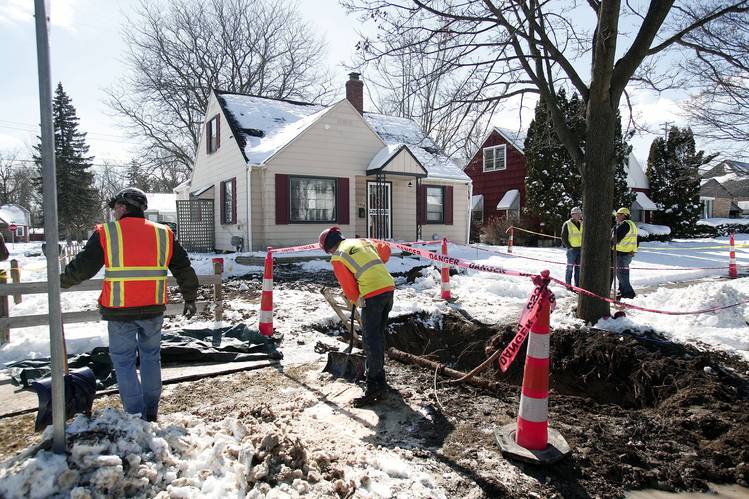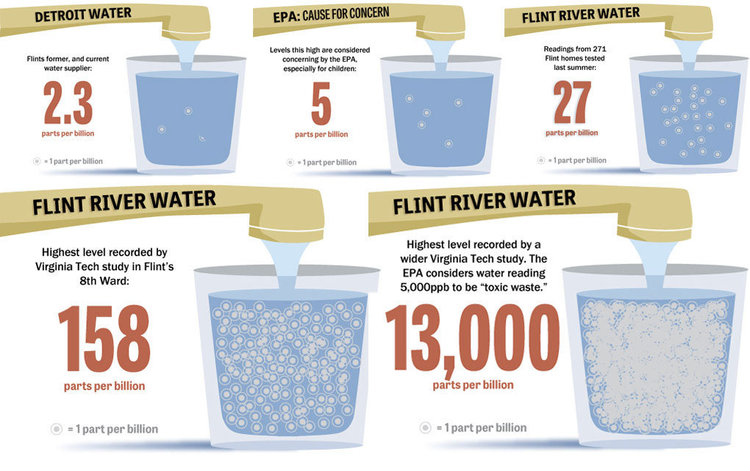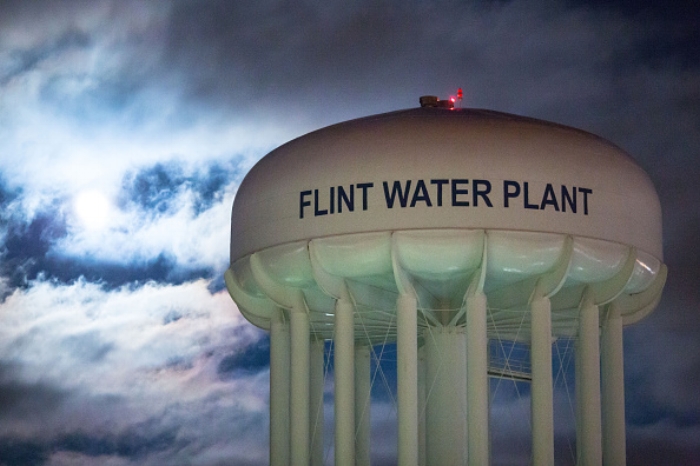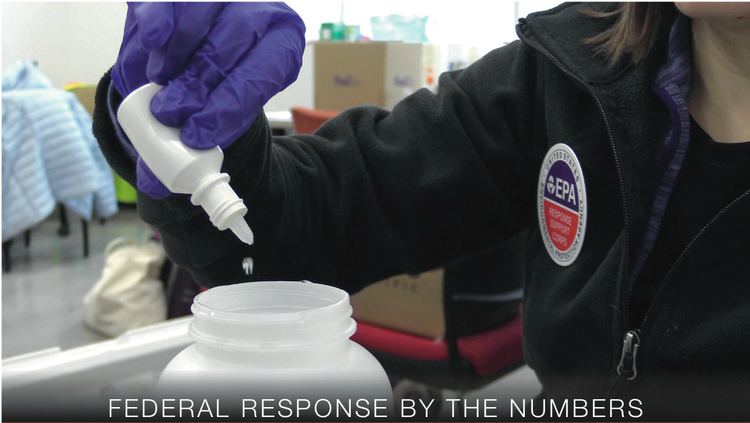
Residents and businesses in Flint MI have had a horrible 2016, but at least the ongoing environmental disaster there appears to be ending the year on a somewhat hopeful note.
Last week, the U.S. Dept. of Health and Human Services (HHS) approved a five-year, $119-million plan to remove lead from eligible Michigan households. Though it targets several communities, funding places particular emphasis on Flint, where lead-tainted drinking water was first discovered in 2014, only to be dismissed and deferred until it grabbed national headlines a year ago as a manmade disaster that would force the city’s 102,000 residents to switch to bottled water only and seek medical assistance.
“This approval is an unprecedented step for the state and federal government in helping to protect their children from the risks associated with lead”
On Nov. 14, the same day Flint Mayor Karen Weaver renewed the city’s ongoing emergency declaration, HHS’s Centers for Medicare and Medicaid Services (CMS) announced the new funds as an amendment to Michigan’s Children’s Health Insurance Program (CHIP). Under the plan, the state through 2021 will receive an annual match of some $23.5 million for the $333,000 that CHIP already had allocated for lead removal each year. The latest initiative marks the second time that Michigan has received a waiver to spend additional money to contend with the state’s tainted water.
- To read our previous coverage of the Flint Water Crisis, click here.
“This approval is an unprecedented step for the state and federal government in helping Flint families protect their children from the risks associated with lead,” said Dr. Nicole Lurie, Assistant Secretary for Preparedness and Response at HHS, in charge of the federal response for Flint. “Removing lead in homes, including from pipes in homes, can greatly decrease the risk of future lead exposure and improve children’s health,” she added.
Besieged MI Gov. Rick Snyder was traveling last week, but issued a written statement describing the waiver approval as “great news.” Castigated last spring for his own slow response to the crisis, Gov. Snyder had previously sought to place blame for it on the U.S. Environmental Protection Agency. This month, however, he praised the federal government for its “quick review, decision and support of this important preventive health program.”
Less jubilant was a frustrated Mayor Weaver. “While the quality of our water in Flint is gradually improving, health officials still can’t say the water is safe for people to drink without a filter, or when it will be,” she told the press last week.

In Flint, problems with lead arose in 2014, when the city switched from the City of Detroit’s water system to the Flint River in order to curtail costs. However, Flint operators failed to treat the water with corrosion-control chemicals, allowing leaching to occur in lead service lines linking major water mains to individual residences and businesses.
At present, it remains unclear how many homes will benefit from the new funding. In late October, Weaver indicated 33 homes received new lines earlier this year under her FAST Start program, with an additional 218 lines put in place since then. Current plans call for replacement of another 788 service lines before 2017. “It’s my goal that 1,000 homes have new service lines by the end of the year, and that thousands more residents get safer, cleaner drinking water next year as we continue to ramp up the pipe replacement program,” she told reporters.

Meantime, the USEPA has mandated the city perform extensive additional measures to verify the safety of a new source of drinking water due to come on line in fall 2017.
As planned, Flint next fall will treat water originating from a new pipeline linking Lake Huron water to the same water treatment plant it used when drawing water from the Flint River. Before that can happen, however, USEPA says the state and city must complete construction of the pipeline that will pump water from Lake Huron to Flint and, as a test, treat the water for three months prior to dispensing it for consumption. Operators also must validate that the new system adheres to the U.S. Safe Drinking Water Act, which calls for corrosion control and water quality monitoring.
Unfortunately, of course, this story is far from over. And similar tales are still unfolding across the U.S.

Flint: By the Numbers > For more details about the federal aid efforts in Flint, download the USEPA fact sheet.

Discussion
Be the first to leave a comment.
You must be a member of the BuiltWorlds community to join the discussion.